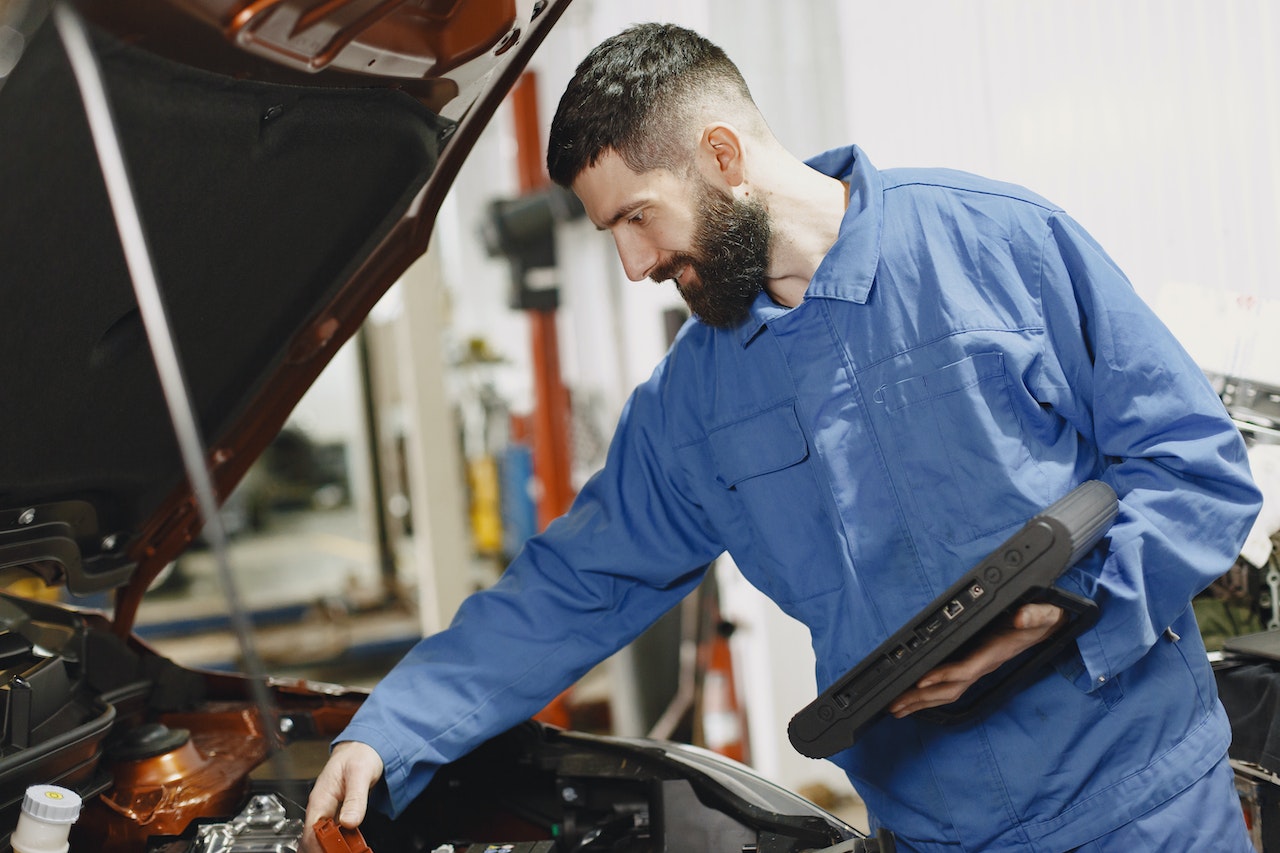
Beyond Compliance: Achieving Excellence in Vehicle Technical Verification
Vehicle technical verification is an essential part of the automotive industry. It ensures that the vehicles manufactured meet the required safety standards, performance, and environmental impact. However, compliance with the minimum requirements is insufficient to achieve excellence in this field. The focus should not be solely on meeting the standards but on going beyond them. Achieving excellence in vtv Esteban echeverria requires a deeper understanding of the underlying principles and a commitment to continuous improvement. In this blog post, we will explore the key elements of achieving excellence in vehicle technical verification. We will delve into the importance of testing and validation, the role of simulation, and the need for constant innovation. We will also examine the challenges facing the industry, including the increasing complexity of vehicles, the demand for faster development cycles, and the need for agile and flexible processes.
Strive for Continuous Improvement
 As organizations aim to achieve excellence in vehicle technical verification, it is important to recognize the value of the principle of continuous improvement. This principle involves constantly seeking ways to improve processes and procedures to increase efficiency, productivity, and quality. It requires a mindset that embraces change and innovation and a commitment to ongoing learning and development. Striving for continuous improvement in vehicle technical verification means regularly evaluating current practices, identifying areas of improvement, and implementing changes that lead to greater effectiveness and efficiency.
As organizations aim to achieve excellence in vehicle technical verification, it is important to recognize the value of the principle of continuous improvement. This principle involves constantly seeking ways to improve processes and procedures to increase efficiency, productivity, and quality. It requires a mindset that embraces change and innovation and a commitment to ongoing learning and development. Striving for continuous improvement in vehicle technical verification means regularly evaluating current practices, identifying areas of improvement, and implementing changes that lead to greater effectiveness and efficiency.
Prioritize Accuracy and Precision
To achieve excellence in vehicle technical verification, it is imperative to prioritize accuracy and precision in all aspects of the verification process. Accuracy refers to the degree to which a measurement or estimate closely reflects the true value of the measured quantity. In contrast, precision refers to the degree to which multiple measurements or estimates of the same quantity are consistent with each other. Both accuracy and precision are essential in ensuring that a vehicle meets the required technical specifications and standards. This requires a rigorous approach to data collection, analysis, and reporting and a commitment to using reliable and calibrated measurement tools.
Maintain Rigorous Testing Standards
Maintaining rigorous testing standards is crucial for achieving excellence in vehicle technical verification. To ensure that a vehicle meets all required safety and performance standards, it is necessary to conduct a series of rigorous tests designed to identify any potential issues or defects. These tests must be conducted under carefully controlled conditions and must be repeated multiple times to ensure that the results are accurate and reliable. It is also important to use the latest testing equipment and technologies and to have highly trained professionals conducting the testing process.
Utilize Advanced Technologies
In order to achieve excellence in vehicle technical verification, it is essential to utilize advanced technologies. With the rapid advancements in technology, it has become easier to verify and validate the complex systems of a vehicle. New innovations such as simulation tools, digital twin technology, and machine learning algorithms have made it possible to test and analyze vehicle performance in a more accurate and efficient manner. Utilizing these advanced technologies not only provides a more comprehensive understanding of vehicle performance but also saves significant time and resources in the verification process.
In Conclusion
Achieving excellence in vehicle technical verification requires moving beyond mere compliance with regulations. It involves establishing a culture of continuous improvement, investing in advanced testing technologies, and partnering with trusted and experienced testing partners. By adopting these principles, companies can not only ensure regulatory compliance but also achieve greater efficiency, cost savings, and customer satisfaction.

